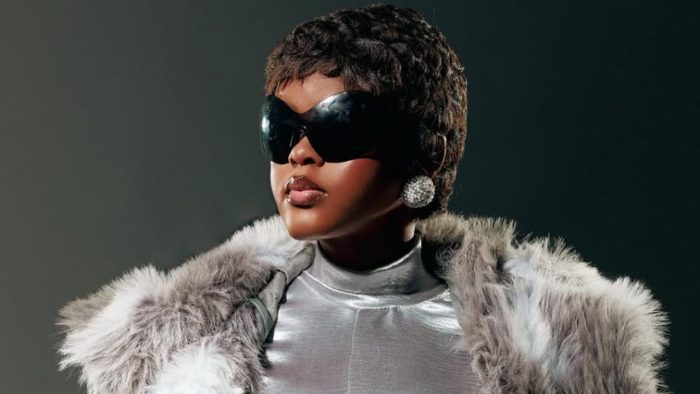
Every work of art that Kelechi Nwaneri puts on display has a unique feature- the use of uli, nsibidi, both ancient forms of communication to tell stories.
[ad]
His interest in reviving the culture has earned him the attention of international art enthusiasts including a place in Ted Lasso. Guardian Life speaks to him about his career switch, Ted Lasso and NFTs.
You studied Agricultural Extension and are now an artist. Let us in on your interest in the arts.
I became completely interested in Arts in my 3rd year in the university after I decided to be an artist. A lot fuelled this decision, but mostly because I knew I had the basic talent to draw. I was firstly drawn to Pencil Hyperrealism. Over time, I started to find all forms of art interesting.
One thing that particularly strikes art enthusiasts is your use of Igbo iconography. Can you shed more light on this?
The intention has always been to find a way to always leave my identity in my work, a feel of Africa, Nigerian and Igbo. Use of symbols like Uli and Nsibidi and several cultural ideas in my work helps me achieve this.

In hindsight, did you see yourself doing this full time? Will you say that your degree has influenced some of your works?
Not until my third year, I never thought about being an artist as per time or full time. I wanted to be a Pilot when I was little, then a Doctor when I was in Secondary school, but I ended up reading agriculture and now I’m an Artist. I think my immediate environment always influences my work more than any other thing.
In what ways do you think your work has created an impact on society?
Having my work featured in a TV series like “Ted Lasso” (Season 2, episode 11) has drawn the interest of people to my work to the marks and the Igbo culture eventually especially with projects like “Myths” already completed. As you may also have noticed, that Igbo Iconography can’t be easily missed when observing my works.
What is your most important work and what makes it tick?
To me, “Carry you home” (2019) is my most important work. Not just because of the way it was used in “Ted Lasso” but because of what it means to me. That point in that painting was the end sad and beginning of better times for me.
Whose work inspires you the most?
I get inspired by different artists at different times. Picasso, Van Gogh, Kerry James Marshall, Dali, Uche Okeke, Yinka Shonibare, and the list goes on and on.

With the coming of age and appreciation of the arts, what is the future of the preservation of African vis-à-vis Nigerian stolen and ancient arts?
As rightly said, I believe art from the continent is receiving the biggest attention at the moment and this has seen the rise of several institutions across the continent that aim to grow and preserve the arts. Places like Zeitz Mocaa, South Africa, Black Rock, Senegal, Yemisi Shyllon Museum in Lagos all serve this aim and with this projected growth, I’m certain that more institutions and individuals that share this same goal will spring up. I’m believe all art that was stolen during the colonial era will be returned in due time.
What is the future of the creative (art) industry, NFTs?
Personally, I don’t think NFT is the future of the creative art industry. Although they are so important now and are here to stay, I don’t think they are here to replace anything or are the future of anything. To the best of my knowledge, it is just using digital Art that is put in a system that allows you to earn and grow earnings from it and it is a thing of its own. I love the idea of being able to animate and digitalise my work; it gives me fresh approaches to saying my stories. This is the idea about NFTs I appreciate the most.
[ad unit=2]








